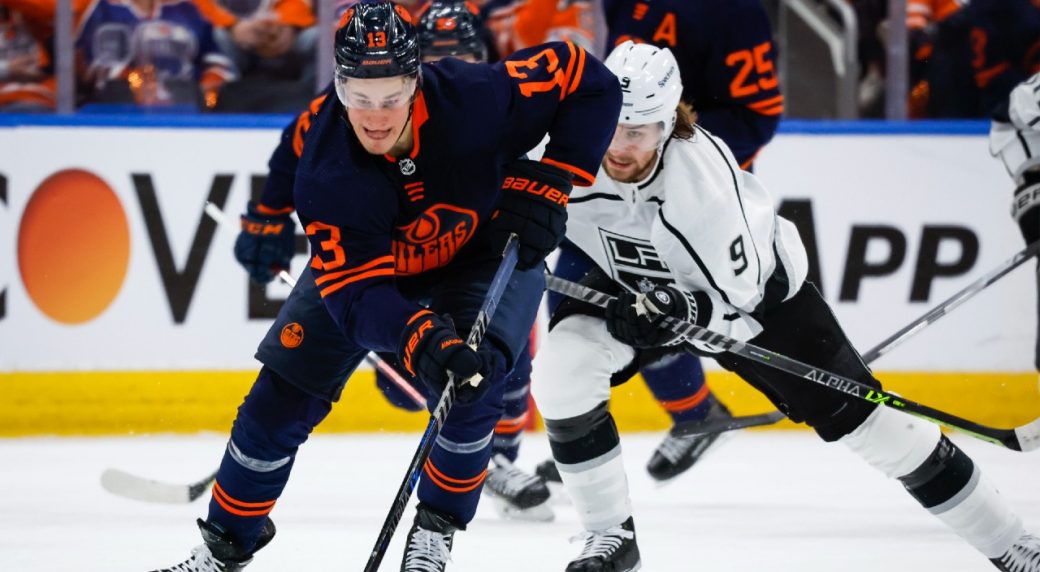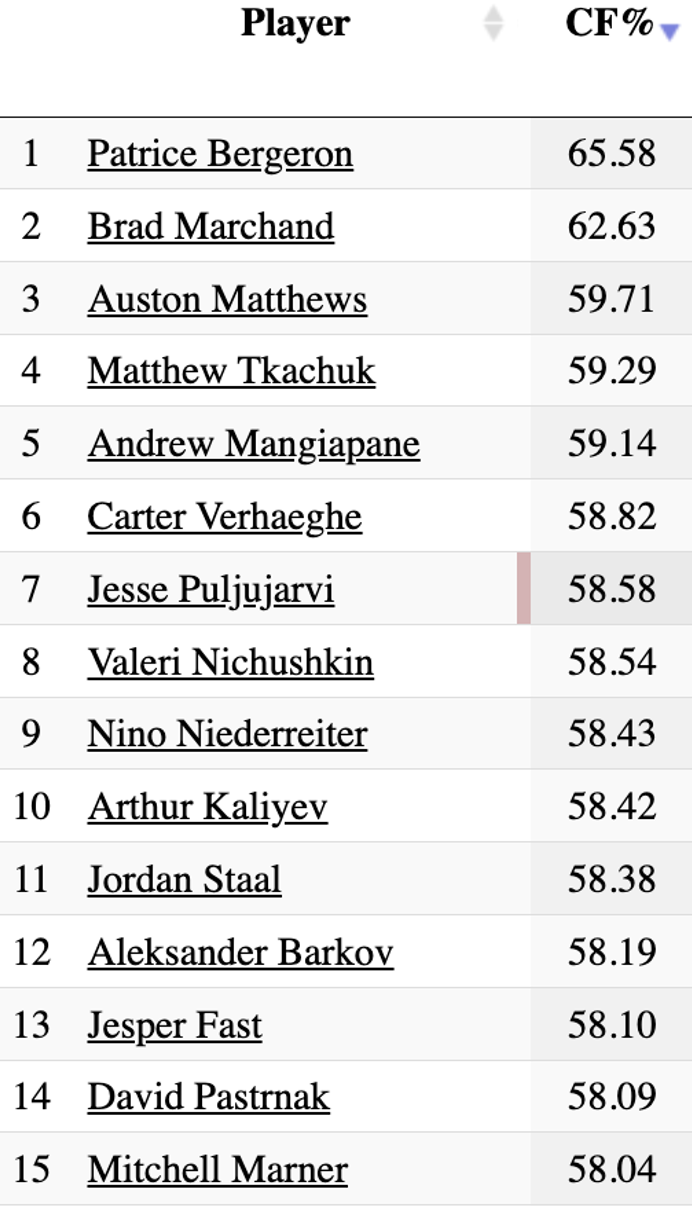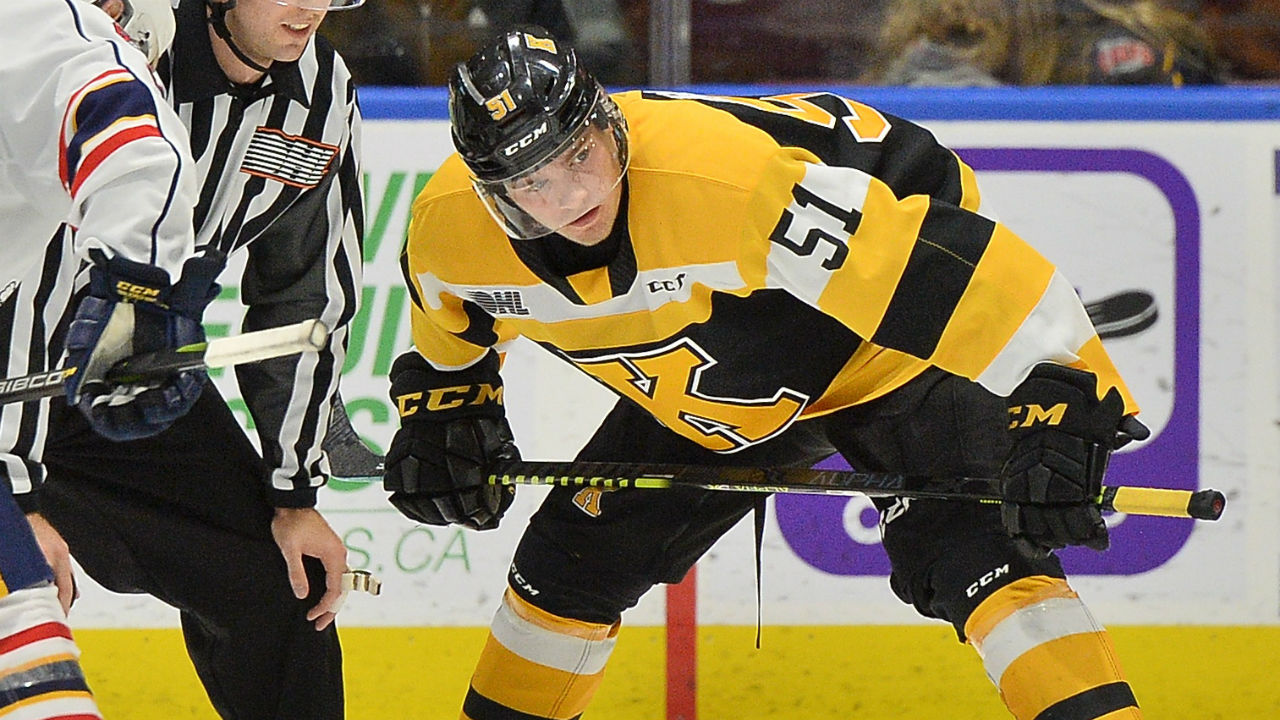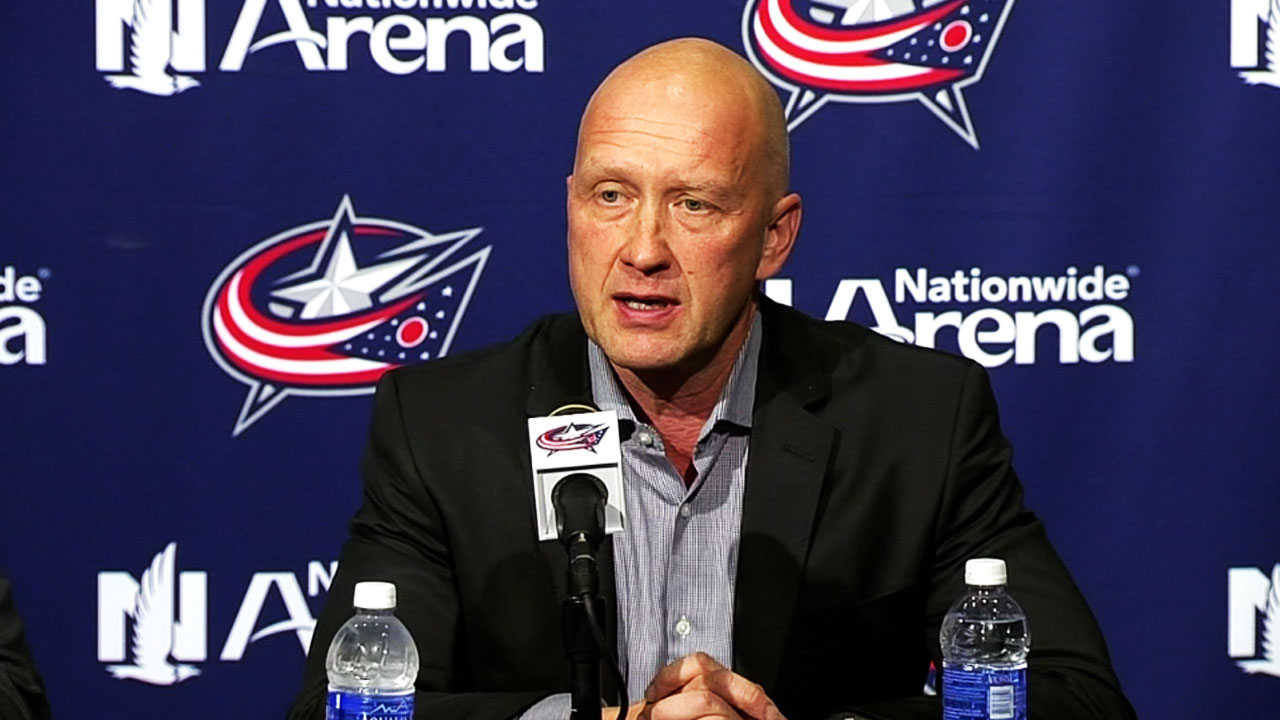At the beginning of hockey’s statistical revolution my biggest complaint was the confidence of the True Believers. There was a time when a player with a 52 per cent Corsi would get dealt for one with a 48 per cent Corsi and the team getting the “worse” Corsi player would get flamed by some of the early adopters, devoid of all other contexts.
These days, there’s a much greater understanding of all the things that go into statistical player evaluation, including the contexts of usage, linemates, competition and so on.
On the eye test front, I think it’s pretty unlikely that any lifelong hockey watchers could view all 82 games of a season and believe a good player to be bad, or a bad player to be good, no matter what their biases are.
But what the statistics are supposed to catch is those players in the middle who you’re not quite sure about, which is precisely where you’d also expect the eye test of a General Manager and his staff to be better than everyone else. They’re two tools (experience and stats) to tease out the valuable guys from the middle of the pack. That’s the heart of the job, isn’t it? We can all be pro-Connor McDavid and we can all tell when a scrub isn’t an NHLer. But how do you do with the players in the middle?
Which brings us precisely to Jesse Puljujarvi, the ultimate man in the middle, and the rumours that the Edmonton Oilers are considering moving on from a guy who just hasn’t done enough to satisfy them.
I’ve got two thoughts on Puljujarvi to set the table here:
One is that he suffers from hockey’s preconceived notion of what players with size should be. If you want to talk glaring blindspots for hockey, it’s that forever, if you’re big, you’re expected to play a certain type of game. You’re expected to have an edge, to fight, or intimidate, at least in some small capacity. It’s unfortunate for some players who aren’t naturally inclined to that type of game, because scouts and coaches and managers see “big,” and they look for those things. If that big guy just wants to be a hockey player (in some other role), he gets branded as “soft.”
I can name numerous teammates I’ve had who were 6-foot-3 and up who just wanted to play the game as well as they could between the whistles, and without fail at some point in the season, they’d have a coach yell at them after some melee about how big they are and how they’re supposed to do X, Y, and Z because of that.
Size without intimidation becomes a black mark on a tall player, where a player without size who plays the same way doesn’t get a mark in the “cons” column of their abilities. The frustration that those big players aren’t doing more with their “gifts” clouds the perception of players who should at worst be seen as level with those smaller players.
This seems partially relevant to Puljujarvi, who isn’t mean. What’s ironic though is that he uses his frame, and uses it a ton. SportLogiq has him in the top third of forwards in offensive zone pucks recovered, puck battle wins, and in particular, rebounds recovered (he’s 24th there league-wide). He goes to the crease, gets the puck in deep, he defends, and works hard on the forecheck. He makes use of his size, he just doesn’t bang and snarl with it. Nor should he have to given how well he wields the tool.
The second thing with Puljujarvi is that he exists at the fundamental crossroads of the analytics debate. He drives play extremely well, with all those things I mentioned pushing the puck to the right half of the rink with consistency. But he’s wildly frustrating, because he’s not an offensively poised guy who’s had success finishing or setting up goals, even when he plays with great players. So you get the side of things where he’s a frustrating guy who can’t personally produce despite often playing with great players … but those lines produce when he’s on them more than when he isn’t, because he gets great players on to the right half of the rink more frequently, where duh, they can make plays and score.
A couple very quick stats on Puljujarvi. In raw, context-less Corsi, he was inside the top-10 forwards in the league (I arbitrarily set the cut-off at 750 minutes to get guys who actually played), with shots going the right way for the Oilers nearly 60 per cent of the time. You’ll notice some other decent players on this list.
While McDavid is always and forever the true play driver, the Oilers thump their opposition in goals for/against when these two play together (plus-19). The numbers for McDavid on lines without the big Finn aren’t as good (plus-four).
But as I said off the top: I don’t believe anyone who watches hockey every day for a living would call a great player bad, and those numbers have Puljujarvi among the best in the league. The team isn’t wrong that he’s obviously not in that class. The man had 36 points in 65 games (again, often playing with great players) in a dud division, and there are deficiencies in his game. He doesn’t see things overly well on offence, he doesn’t set up his teammates, and he can lack poise which leads to him converting chances at a shockingly poor rate compared to the “expected” goals numbers.
In sum, there are shades of 2020-21 Ilya Mikheyev to him, a player who created chances at a high rate, but a guy who could not produce to save his life.
I bring up Mikheyev because Puljujarvi is all but the perfect player to replace him for the Leafs, who are losing a big body that creates and drives play. A volume creator who doesn’t finish naturally well, who will likely live and die by the luck he gets each season.
Bigger than the conversation about these two specific players though, is the debate of how we value this type of player -- a player who before the analytics era would’ve garnered little positive attention, and be written off as a bust who could never produce despite being drafted high. How important is finishing, and burying your chances, versus just getting to the right half of the ice?
Now we’re into personal preferences, and it seems that type of skater is not the preferred variety for Ken Holland.
I think it’s worth considering these locomotive-style players (who pull their lines one way) as a separate class of talent for management teams. They can get hot (hello, Val Nichushkin, or even Mikheyev this year), and they can go ice cold for long periods of time given they aren’t natural finishers. Michael Grabner comes to mind, too. At least with this type of player, when they aren’t scoring, the play is usually going the right way. (This was why the Leafs loved Zach Hyman in the first place, and why he climbed the depth chart. Maybe he wasn’t going to score in his early years, but at least he’d push the play the right way.)
These guys are at the root of a philosophical debate about expectations, and what you value as a management crew. If you can accept a play driver like Puljujarvi for what he is, you can see obvious value. If you let your expectations of him based on his appearance and draft position blind you, he might be a wild bust.
But if you’re a GM and you’re trying to make tough choices about what certain players are outside of the obviously good and obviously bad players, here’s where looking deeper into numbers can protect you.
Puljujarvi’s likely never going to be what you wish he was, but he’s got value, and you can use him up and down your lineup depending on what you want to get out of a given line on a given night. He’s an asset, not an anchor. I’d bet he’s got a hot run of play in him in the years ahead, even if he’s never going to become a true producer. He’s 24. He’s large, even if he uses that differently.
For a team like the Oilers who are constantly trying to shore up their depth, giving up on this kid for what - a lottery ticket in the draft? – seems crazy to me, even if he’s going to cost a bit more.
He’s not a part of their problem, he’s part of their solution.




